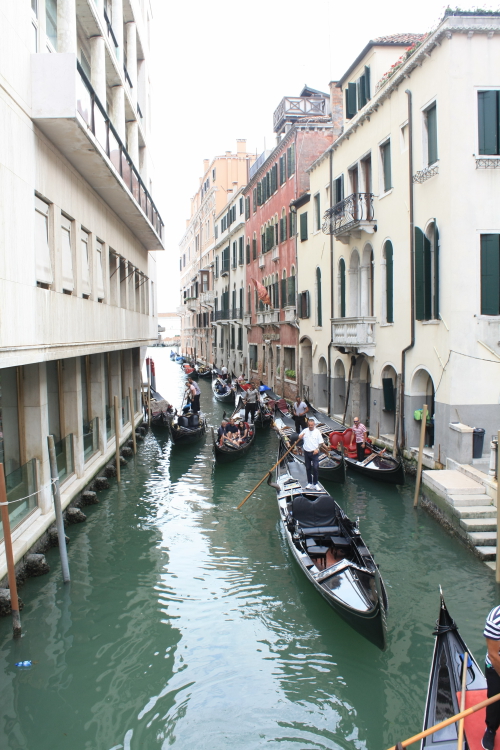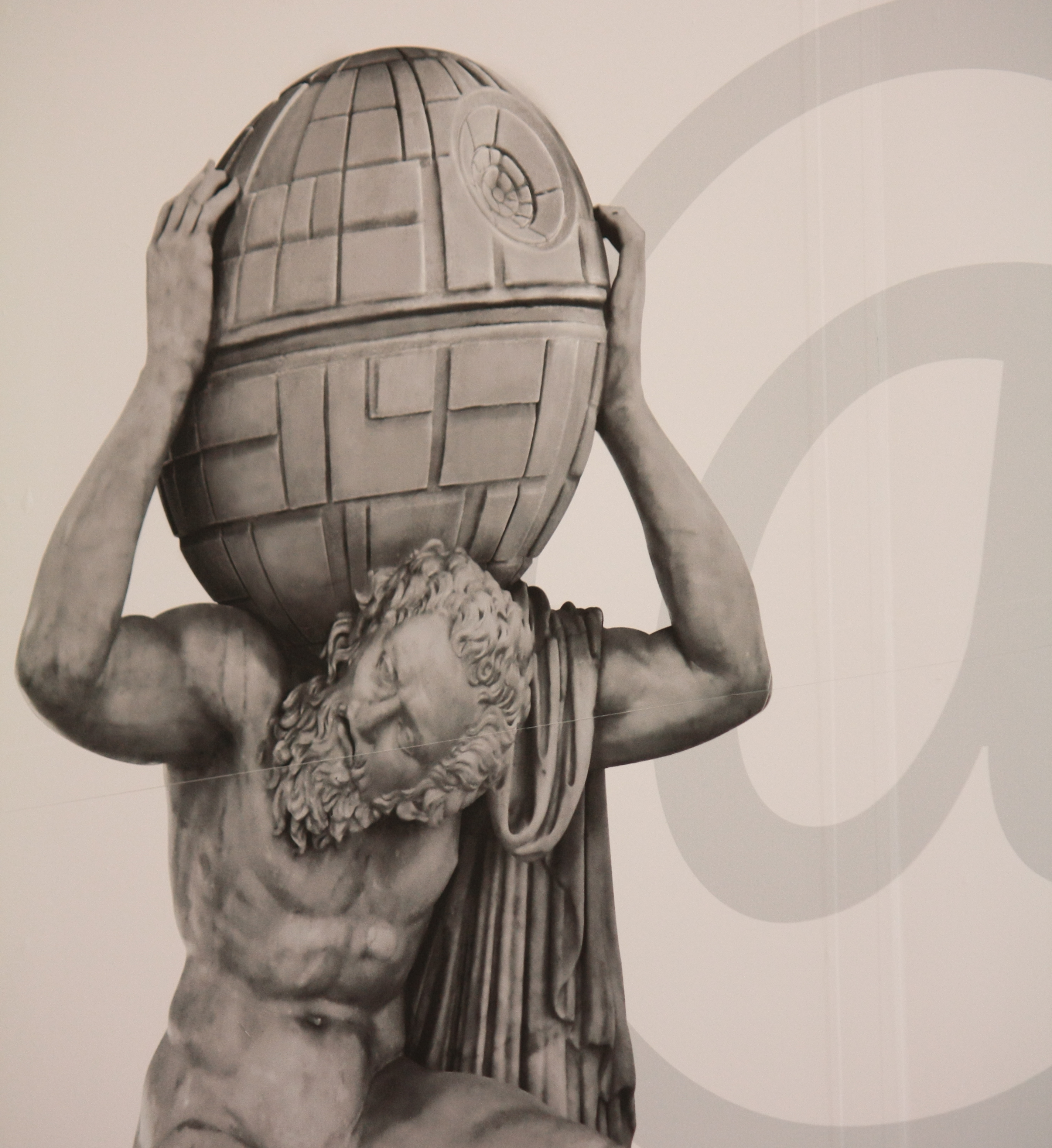Donate!
Please help us on our journey to raise $100 million!

Venice was a bustling tourist attraction. The locals were mixed with emotions about its current state—some felt it was great for business, others that it had lost its charm and beauty. To me, it was a mix of preserved beauty and the modern chaos of urbanization.
As I walked into a store selling venetian masks, I noticed a sign on a table that read, “Apprentice work, cash only.” I was surprised to see the word “apprentice” still being used in Italy. My familiarity with the word came mainly from studying the Renaissance Era.

I was lucky enough to experience this as I went through the University of California, San Diego, Master’s in Education program. During the program, we were set up as “apprentices” at local high schools. A master teacher who had been recognized for his or her outstanding work in education, modeled and taught us the art of teaching. Years later, I was fortunate enough to have been a master teacher for a few young, aspiring, math teachers.

Imagine for a moment the following school day:
Amy, a fifth-grade student, listens to Mr. Jacobs as he explains this week’s topic, adding fractions. The class works through many examples. She walks to her next class, music. She’s been learning how to play the recorder for the last few weeks. Today, Ms. Williams is teaching time signatures, specifically 4:4. They’ve already learned how each note on a music sheet stands for fractions of a whole note. These lessons were collaborated with Mr. Jacobs. Ms. Williams will now show how the notes within each measure add up to one whole. Because they just learned how to add fractions in their previous class, they’re now able to use that knowledge to verify that the notes in each measure of “Twinkle Twinkle Little Stars” add to one whole!
Going back to Mr. Jacobs’ class, Amy now realizes the connection between math and music. Mr. Jacobs now asks everyone to open their story book project. Today, they’re going to learn how to include fractions in their story. For the past couple of weeks, the class covered the use of cardinal and ordinal numerals in writing. In fact, they also covered the use of hyphens. Today, Amy gets to learn how to write fractions as words. She gets to see how hyphens are also used in writing fractions, such as “one-fifth.” “Who ate one-fourth of my cookie?” Amy writes, after drawing a small cookie with a bite out of it. Today’s lesson was not just about using fractions in writing, but about using it to create the element of mystery in their story.
As the class transitions to history, Mr. Jacobs shows the class the Liberty Bell and asks how many students recognize the picture. He turns to Suzy and asks her to count the number of hands. He turns to Mike and asks him how many students are in the class. He then asks Lee what fraction of the class is represented by number of students who put their hands up, and Lee responds, “six-twenty.” Mr. Jacobs asks Lee to look on the list of fractions from English to see if that was the correct way to say that. Lee looks down the list and corrects himself, “six-twentieth!”
Mr. Jacobs goes on to teach about the history of the Liberty Bell, including the mysteries about the crack in bell. Afterwards, he asks the class, “who just learned about the Liberty Bell for the first time?” He asks Amy what fraction of the class is represented by the raised hands, and she states, “fourteen-twentieth!” He asks Shanya to add the fraction of students who knew about the Liberty Bell at the beginning of class and the fraction of students who just learned it for the first time. Shanya quickly responds with “twenty-twentieth or one whole!”
The class ends, and the students leave for PE. Today, they’re going into their second week of basketball. After a thirty-minute game, Ms. Lee rings a hand bell to signal for the students to gather around. “Is there a crack in that bell,” a student asks. “I see you’ve been learning about the Liberty Bell in Mr. Jacobs’ class. You must have learned about how the bell was used to summon and alert people to public meetings. Well, we still use a bell today to alert you of many things, including for you to come gather around me.”
Ms. Lee then asks each student to write down his or her number of points he or she scored as a fraction of how many points his or her team scored. With their teammates, they’re then asked to add up their fractions. Thanh exclaims, “we scored eighteen-fifteenths!” “Is this possible,” Ms. Lee asks. After a little argument between team members about who scored how many points, they finally agree on the correct numbers. “We got it. It’s fifteen-fifteenths,” one of the team members says. With permission, Andy rings the hand bell and class is dismissed.
As the week goes on, all of Amy’s subjects are integrated, one subject reinforcing the concepts learned from the other, as if there was no distinction among the subjects. Wednesday becomes more intensive with guided practice to demonstrate what she has been learning. On Friday, Amy is asked to apply all that she has learned and practiced throughout the week into a broader project—a mystery audio book complete with music and sounds. She works with her team of five to write different chapters of the book, including writing music for a short intro, and taking turns narrating the different roles within the book. The end-product, to be completed a few weeks from now, will demonstrate all that she has learned.
This is my vision for a school. Teachers working together. Students working together. Work that is meaningful. Work that is publishable.

Upon returning home, I felt validated that I named my new school, Academy of the Renaissance.
I hope that my journey to this point, and the journey I am embarking on has been compelling enough for you to donate to our cause. My team and I are working hard to put together a school that will change the way we see traditional education. Academy of the Renaissance is a private, non-profit k-12 school that will have its home in San Diego. Our goal is to benefit and impact our community, our country, and the global society.
This is the first of 100 reasons for $100 million. Each week, I will describe a new dimension to the school in details. I hope that at least one of the one hundred reasons is compelling enough for you to donate to make our vision come true!

